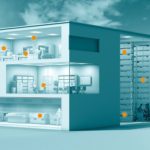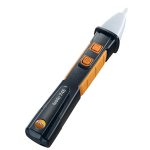With the amount of publicity surrounding food hygiene and rates of salmonella rising fast, the opening of Australia’s first fresh food safety centre should come as a welcome relief to industry leaders.
The centre is designed to oversee food safety research projects and provide relevant information and news to industry professionals. One particular focus of the centre is to investigate if Australian wild animals contaminate fruit and vegetables, and what effects this may have on consumers.
There has been little research in the past regarding how Australian Wildlife impacts consumer safety and what industry can do to lower these risks. University of Sydney Associate Professor Robyn McConchie, one of the centre’s developers, told ABC online that US research has already provided significant insight.
“If they tramp through a field of lettuce, are they likely to contaminate paddocks?” she said.
“We have different salmonellas to those in Europe and the United States; so how do they survive in the soil? How long do they last? Are they pathogenic and are they going to make us really ill?”
Next month, the centre will hold its first conference at the University of Sydney to discuss regulatory processes hoping to develop efficient food safety management systems.
How can industry ensure quality food?
To prevent salmonella rates increasing and to kill off bacteria and viruses before the consumer receives their product, businesses involving in the food industry must implement data logging systems.
As bacteria grows at higher rates in increased temperatures, having equipment such as the testo 174T Mini Temperature Data Logger would be useful. This inexpensive product is suitable for monitoring temperature both in storage and in transport situations.
This product is HACCP certified so businesses concerned about the quality of their products can be assured the food is at its optimum level.









 Reduce cooking oil costs while ensuring quality
Reduce cooking oil costs while ensuring quality Expert knowledge on CO2 monitoring
Expert knowledge on CO2 monitoring Refrigeration knowledge - in 3 modules
Refrigeration knowledge - in 3 modules



